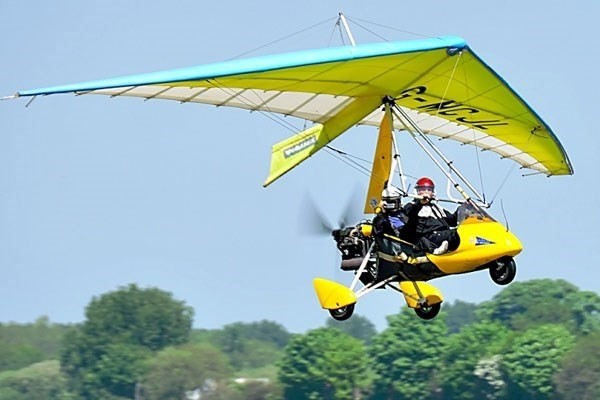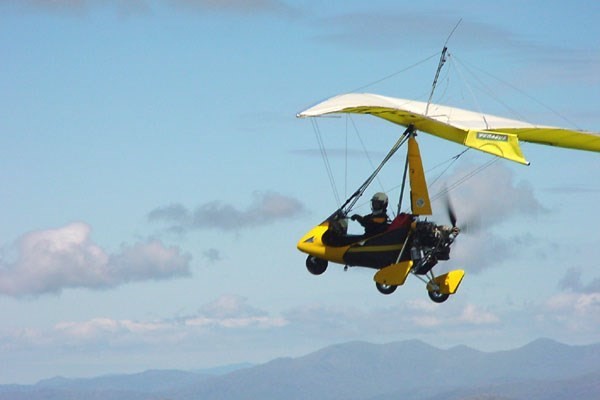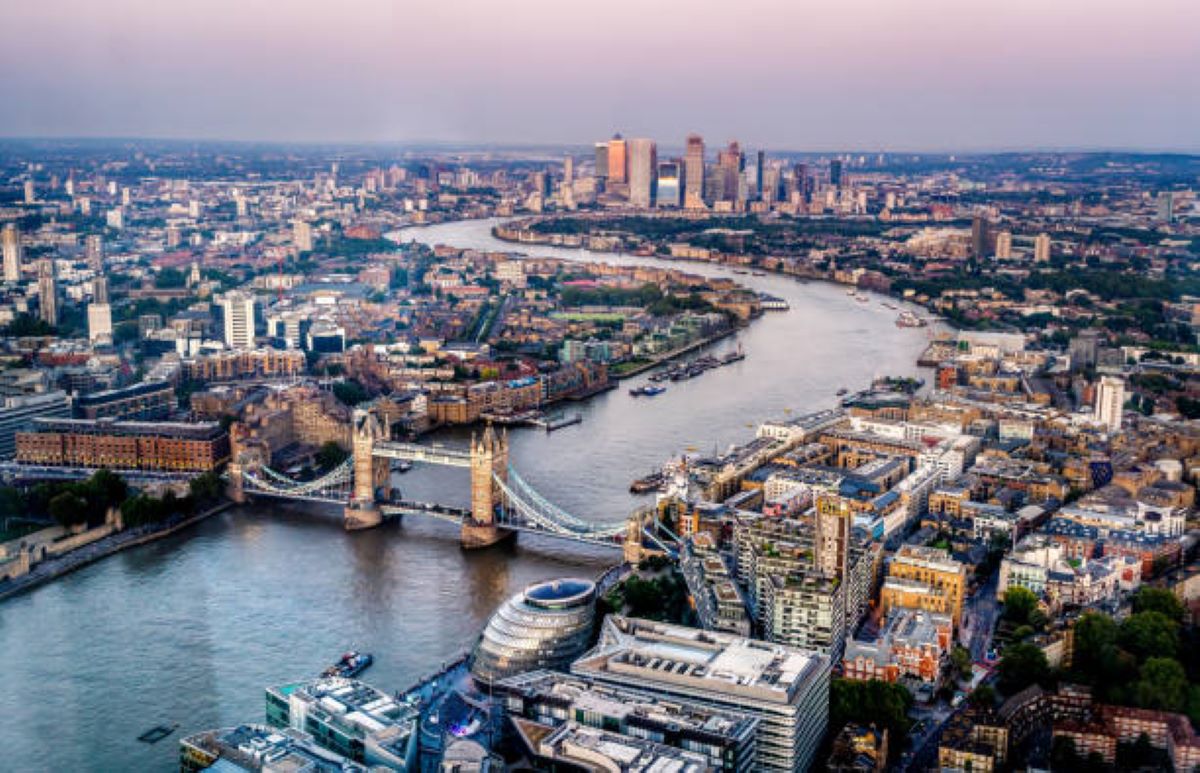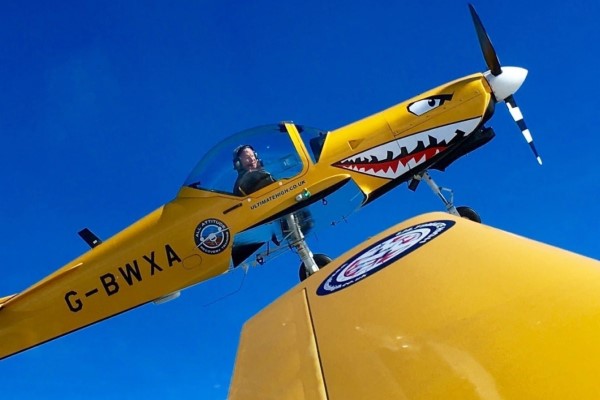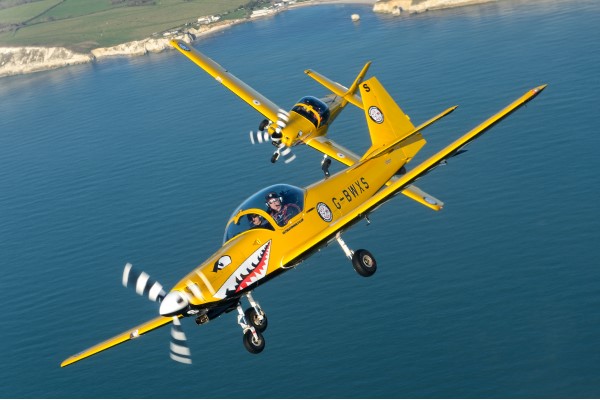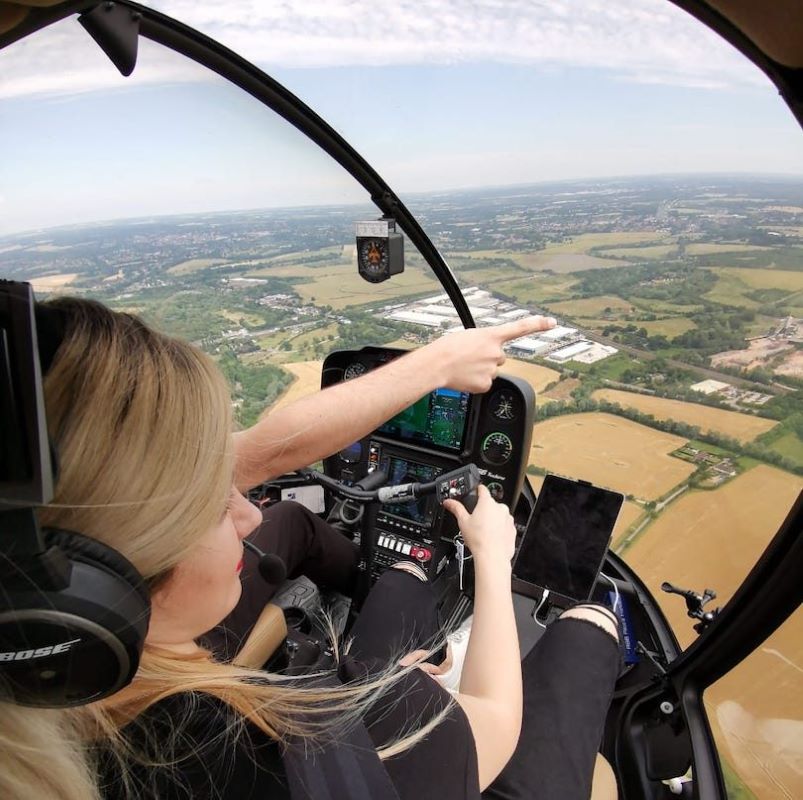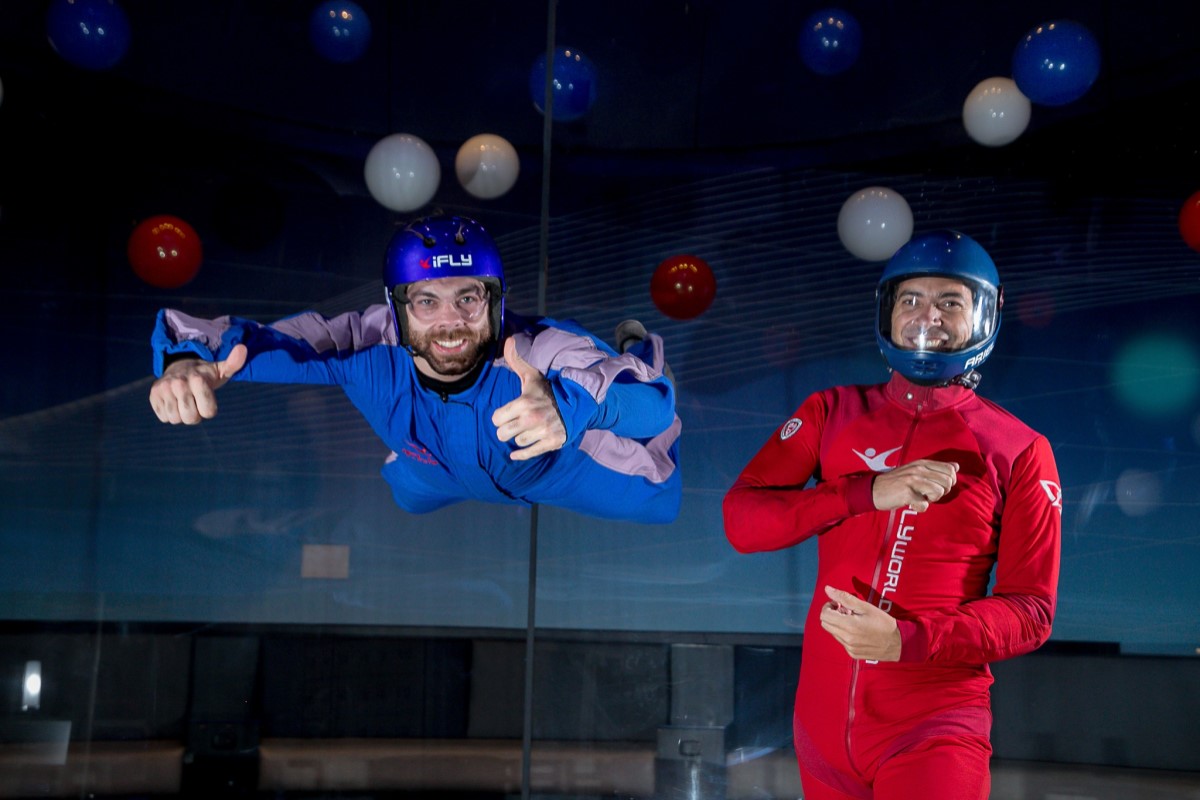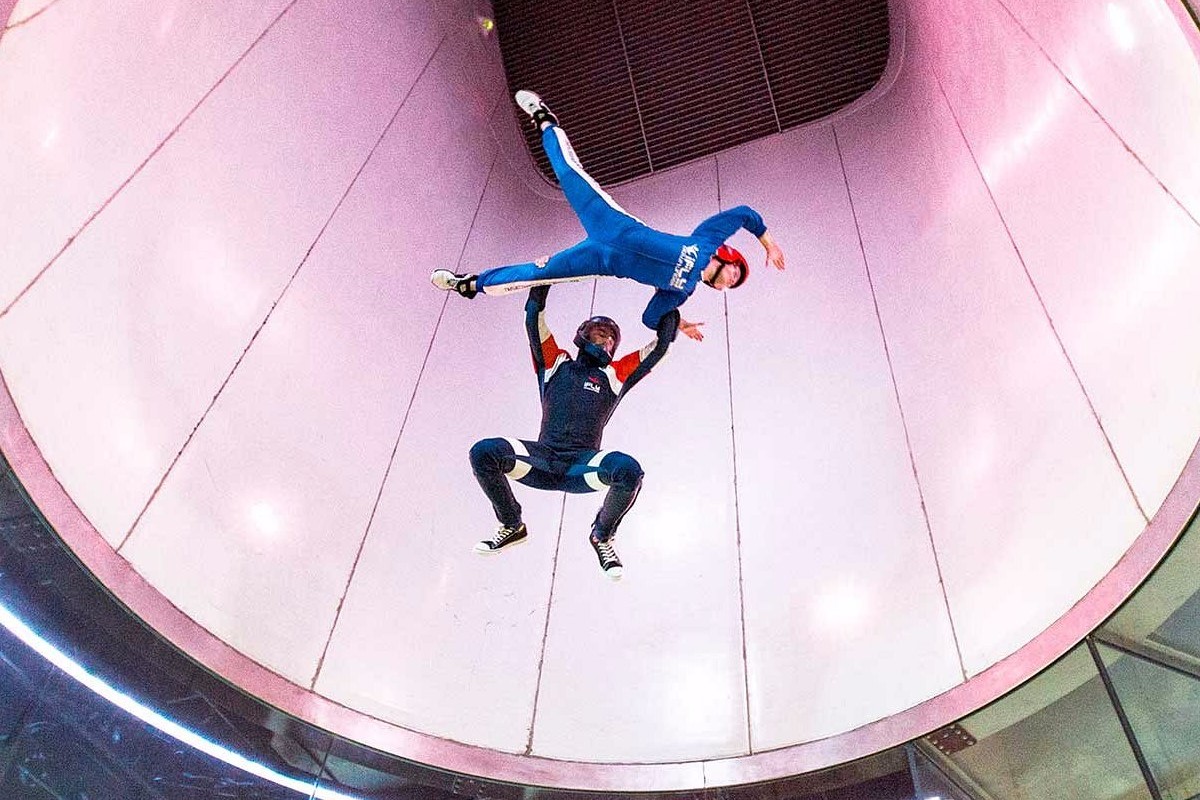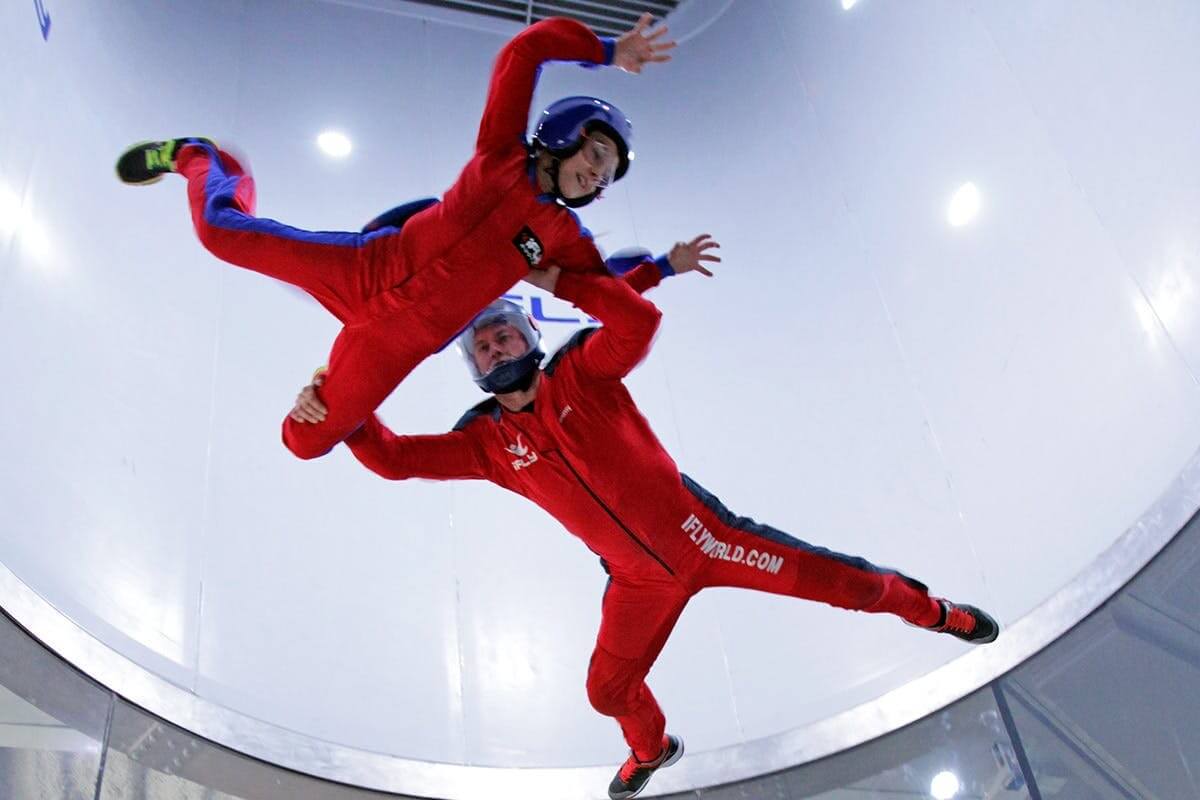Nestled in the village of Booker, a 10 minute drive away from the centre of High Wycombe in Buckinghamshire, Wycombe Air Park is a thoroughly modern aerodrome which is steeped in aviation heritage - the perfect combination for a venue to book an unforgettable flying day at with FlyDays.
It was initially founded and established in 1941 as RAF Booker during World War II, as the Royal Air Force’s home of their No. 12 Elementary Flying Training School, which operated 72 Miles Magisters and de Havilland Tiger Moths between them.
Training then started the following year, 1942, for the Glider Pilot Regiment. After the end of the war in 1945, RAF activities were still in operation at the site, including its Bomber Command Communications Flight unit, which was based there until 1963.
Wycombe Air Park as we know it today started privately operating on the old aerodrome base from 1965 onwards. Not only does it see over 90,000 air movements a year on average, but it is also a popular filming location, used in the films Those Magnificent Men In Their Flying Machines and Aces High.
The flying school Booker Aviation is based at the air park, along with commercial aviation training that is offered alongside private training. An Asphalt runway measuring 735 x 158 metres, hangarage, maintenance and refuelling facilities are all available for flying enthusiasts on site too.
Tactical Helicopters Over Bucks
Of all the ways to explore the historic and Royal county of Buckinghamshire, a helicopter has to be one of the best ways to enjoy them. But have you ever wondered what it’d be like to navigate and observe in one whilst piloting it?
Our Tactical Helicopter Flying packages are offered for up to three people to enjoy, so this even makes for a great flying package to make a group booking on.
An expert instructor will guide you through 20 minutes of flying time as you learn how these small but powerful fliers really come into their own.
First Time Flying at Wycombe
Available to book as either 30 or 60 minute lessons, an expert instructor approved by the Civil Aviation Authority (CAA) will join you as you get airborne in a two-seater aeroplane and get your first taste of the joy of flying.
You’ll also get to learn how to control and handle an aeroplane from many feet up in the air for the first time, and best of all this experience will also count towards your first training towards obtaining your Private Pilot’s Licence.
If you fancy something other than flying a light aircraft you can get in the pilot's seat of the Microlights that call Wycombe Air Park home. The Air park offers 40 and 60 minute Trial Lessons run by greatly experienced and qualified instructors. These lessons are run to follow the NPPL (National Private Pilot License) curriculum, so count towards your own pilots licence. With these lessons you will take to the skies in a EV-96 Eurostar SL Microlight which will give you a taste of what it’s like to be a pilot.
Positioned in a central location with a selection of great chances to enjoy flying time, booking your next flying days and experiences with FlyDays is very easy to do. Our open gift voucher can be purchased to treat yourself or surprise a loved one with.
It also gives you more flexibility for if you want to attend at a later date. But if there’s a date available for any of our packages listed above you want to attend, you can do so and book directly using our regularly updated Events calendar.




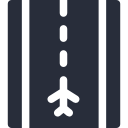

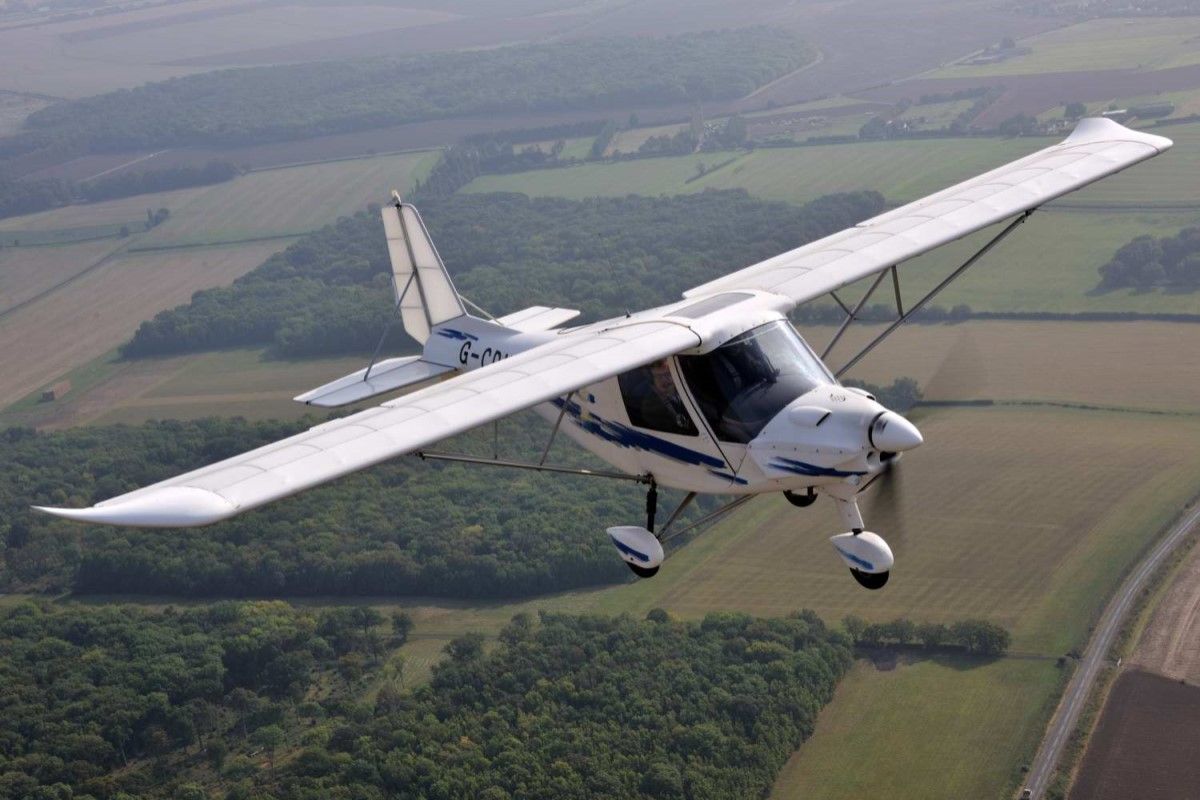
 See 33 locations map
See 33 locations map